
The Untamed Beauty of Tasmanian Wilderness
Discover the Tasmanian Wilderness: Australia's pristine natural wonderland, teeming with unique wildlife, ancient forests, and endless outdoor adventures.
The Tasmanian Wilderness, one of Australia's most breathtaking natural landscapes, offers a unique and mesmerizing experience for nature lovers. This UNESCO World Heritage site covers approximately 1.58 million hectares, encompassing several national parks and reserves. Visitors will find lush rainforests, dramatic mountain ranges, glacial lakes, and ancient Aboriginal heritage sites that date back over 30,000 years. One of the highlights of this wilderness is the diversity of flora and fauna. From the elusive Tasmanian devil to rare bird species, the Tasmanian Wilderness is a haven for wildlife enthusiasts. The area is also home to some of the world's oldest trees, such as the Huon Pine, which can live for thousands of years. Hiking trails of varying difficulty levels allow visitors to immerse themselves in this pristine environment, with popular routes including the Overland Track and the South Coast Track. For those seeking adventure, the Tasmanian Wilderness offers numerous activities like kayaking, white-water rafting, and caving. The Franklin-Gordon Wild Rivers National Park is particularly renowned for its challenging river expeditions. Meanwhile, the Cradle Mountain-Lake St Clair National Park provides stunning vistas and opportunities for both leisurely walks and strenuous hikes. Whether you're an avid adventurer or simply looking to reconnect with nature, the Tasmanian Wilderness promises an unforgettable experience.
Local tips in Tasmanian Wilderness
- Pack layers of clothing as weather conditions can change rapidly in the wilderness.
- Bring insect repellent to protect against mosquitoes and other insects.
- Ensure you have a detailed map and a reliable GPS device, as mobile reception can be spotty in remote areas.
- Book guided tours in advance, especially for popular activities like the Overland Track.
- Respect local wildlife by keeping a safe distance and not feeding animals.
- Carry enough water and snacks, as amenities can be scarce within the national parks.
- Check for park alerts and weather updates before heading out to ensure a safe trip.
The Untamed Beauty of Tasmanian Wilderness
The Tasmanian Wilderness, one of Australia's most breathtaking natural landscapes, offers a unique and mesmerizing experience for nature lovers. This UNESCO World Heritage site covers approximately 1.58 million hectares, encompassing several national parks and reserves. Visitors will find lush rainforests, dramatic mountain ranges, glacial lakes, and ancient Aboriginal heritage sites that date back over 30,000 years. One of the highlights of this wilderness is the diversity of flora and fauna. From the elusive Tasmanian devil to rare bird species, the Tasmanian Wilderness is a haven for wildlife enthusiasts. The area is also home to some of the world's oldest trees, such as the Huon Pine, which can live for thousands of years. Hiking trails of varying difficulty levels allow visitors to immerse themselves in this pristine environment, with popular routes including the Overland Track and the South Coast Track. For those seeking adventure, the Tasmanian Wilderness offers numerous activities like kayaking, white-water rafting, and caving. The Franklin-Gordon Wild Rivers National Park is particularly renowned for its challenging river expeditions. Meanwhile, the Cradle Mountain-Lake St Clair National Park provides stunning vistas and opportunities for both leisurely walks and strenuous hikes. Whether you're an avid adventurer or simply looking to reconnect with nature, the Tasmanian Wilderness promises an unforgettable experience.
When is the best time to go to Tasmanian Wilderness?
Iconic landmarks you can’t miss
Port Arthur Historic Site
Discover the haunting beauty and profound history of Port Arthur Historic Site, a UNESCO World Heritage gem in Tasmania's stunning landscapes.
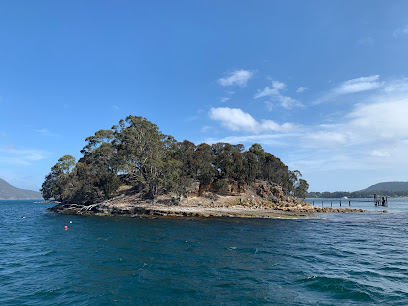
Wellington Park
Explore the breathtaking landscapes and diverse wildlife of Wellington Park, Tasmania's nature preserve near Hobart, perfect for outdoor adventure and relaxation.
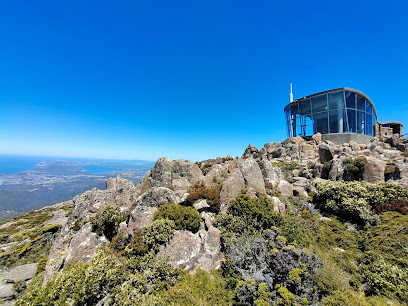
Cataract Gorge Reserve
Explore the stunning landscapes of Cataract Gorge Reserve in Launceston, Tasmania, a paradise for nature lovers and outdoor enthusiasts.
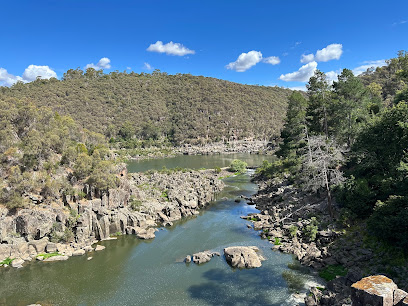
Freycinet National Park
Explore the breathtaking landscapes of Freycinet National Park, where pristine beaches and rugged mountains create unforgettable adventures in Tasmania.

Bonorong Wildlife Sanctuary
Explore the enchanting Bonorong Wildlife Sanctuary, where conservation meets adventure in the heart of Tasmania's natural beauty.
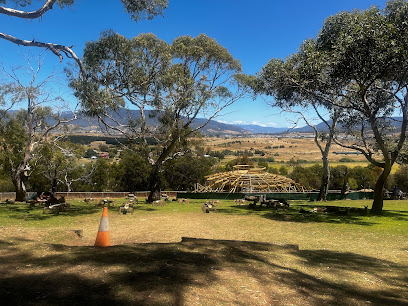
Tessellated Pavement
Explore the stunning Tessellated Pavement in Tasmania, a unique natural formation featuring captivating geological patterns along the pristine Tasman Peninsula coastline.

Russell Falls
Explore the breathtaking Russell Falls in Mount Field National Park, a natural wonder showcasing cascading waterfalls and lush Tasmanian wilderness.
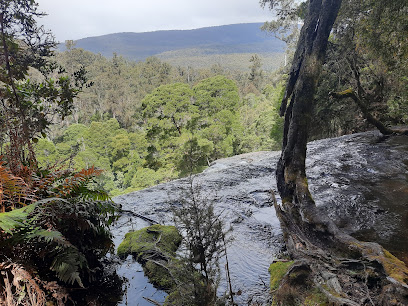
Wineglass Bay Lookout
Experience breathtaking views of Wineglass Bay from the lookout, a must-see destination within Tasmania's stunning Freycinet National Park.
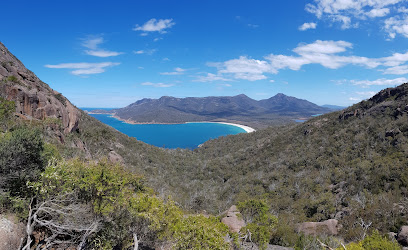
Remarkable Cave
Explore the stunning Remarkable Cave in Tasmania, a natural wonder with breathtaking views, unique rock formations, and rich marine life.

Devils@Cradle
Experience Tasmania's wildlife up close at Devils@Cradle, a sanctuary dedicated to the conservation of the Tasmanian devil and other native species.
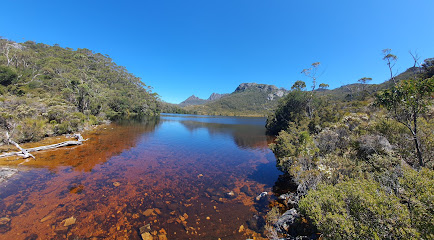
Mount Field National Park
Explore Mount Field National Park, Tasmania's iconic destination for breathtaking landscapes, diverse wildlife, and unforgettable outdoor adventures.
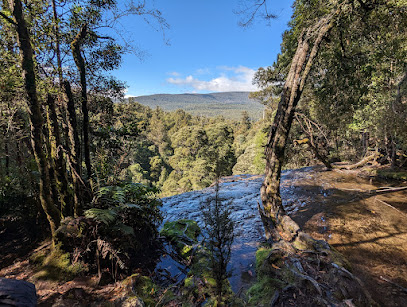
Tasmazia & The Village Of Lower Crackpot
Discover the enchanting mazes and whimsical attractions of Tasmazia & The Village of Lower Crackpot in Tasmania, perfect for families and adventure seekers.
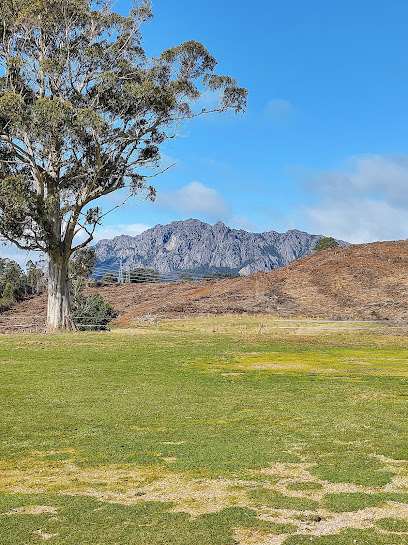
Tasmanian Devil Unzoo
Discover Tasmania's wildlife at the Tasmanian Devil Unzoo, a unique conservation-focused park featuring close encounters with native animals.

Trowunna Wildlife Sanctuary
Explore Trowunna Wildlife Sanctuary: An enchanting wildlife park in Tasmania where you can meet Australia's unique animals up close and learn about their conservation.
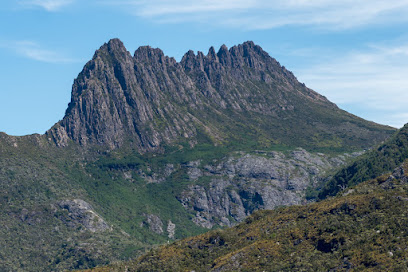
The Nut State Reserve
Discover the breathtaking beauty of The Nut State Reserve in Tasmania, where stunning views and rich history await every visitor.
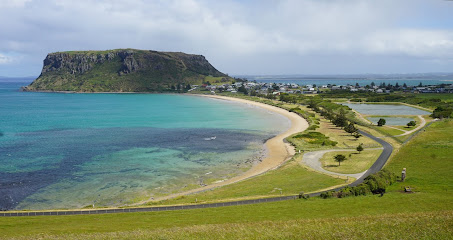
Unmissable attractions to see
Cataract Gorge Reserve
Explore the natural beauty of Cataract Gorge Reserve in Launceston, Tasmania, a perfect blend of adventure, wildlife, and scenic views.
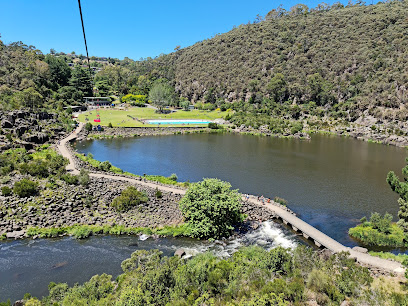
Tessellated Pavement
Discover the Tessellated Pavement in Tasmania, a stunning natural wonder showcasing unique hexagonal patterns along the breathtaking coastline.
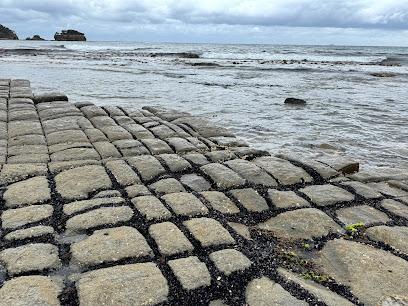
THE WALL
Explore The Wall in Tasmania: A unique sculptural journey through the region's rich cultural heritage and breathtaking landscapes.
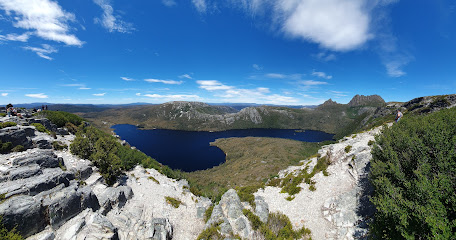
Remarkable Cave
Explore the stunning Remarkable Cave in Port Arthur, Tasmania, a breathtaking natural wonder with unique rock formations and scenic coastal views.

Blow Hole
Discover the breathtaking natural phenomenon of the Blow Hole in Eaglehawk Neck, Tasmania, where waves create a spectacular display of nature's power.

Mount Wellington
Discover the breathtaking views and outdoor adventures at Mount Wellington, Hobart's iconic mountain peak in Tasmania.
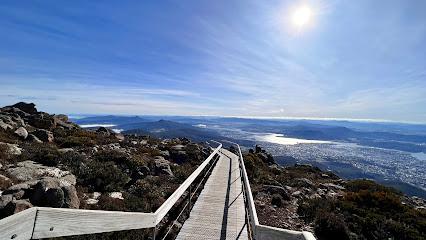
Seahorse World
Explore Seahorse World in Tasmania for an unforgettable journey into the fascinating life of seahorses and marine conservation.
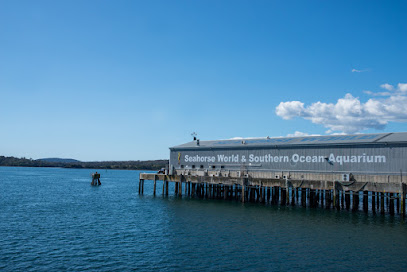
Mount Field National Park
Discover the breathtaking landscapes and rich biodiversity of Mount Field National Park, Tasmania's jewel of natural beauty.
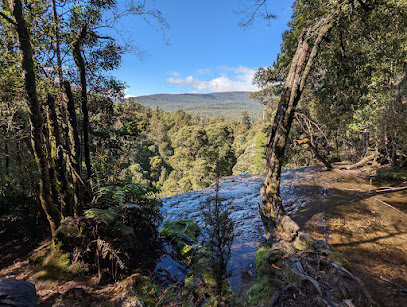
Tasman Arch
Discover the breathtaking Tasman Arch, a stunning natural rock formation offering scenic views and rich biodiversity on Tasmania's beautiful coast.
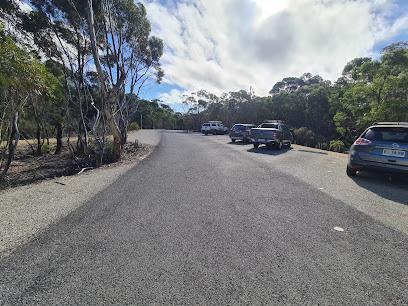
Tasmazia & The Village Of Lower Crackpot
Experience the whimsical charm of Tasmazia & The Village of Lower Crackpot, where mazes and laughter await in the heart of Tasmania.
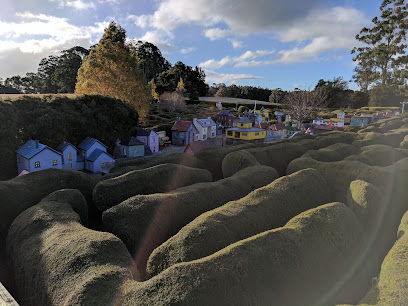
Trowunna Wildlife Sanctuary
Explore Trowunna Wildlife Sanctuary: A haven for Australian wildlife featuring kangaroos, wombats, and unique conservation experiences in Tasmania.
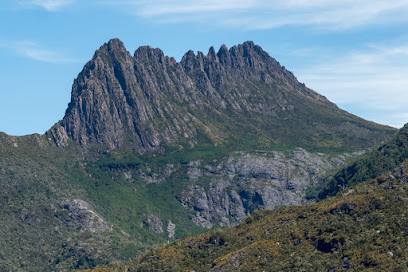
Salmon Ponds and the Museum of Trout Fishing
Experience the beauty of Tasmania at Salmon Ponds and the Museum of Trout Fishing, where nature and fishing history unite in a serene setting.

Cradle Mountain-Lake St Clair National Park
Explore the breathtaking Cradle Mountain-Lake St Clair National Park, a paradise for hikers and nature lovers in Tasmania's rugged wilderness.
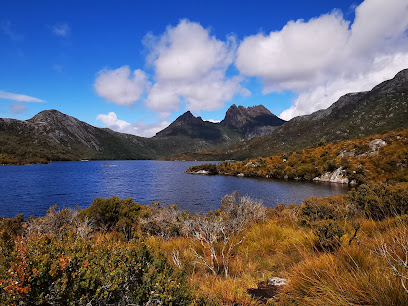
East Coast Natureworld
Explore East Coast Natureworld, Tasmania's premier wildlife sanctuary, where conservation meets adventure in a breathtaking natural setting.
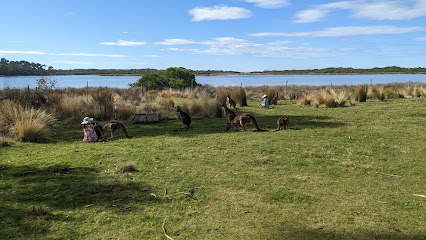
Treetops Adventure Hollybank
Explore the treetops and experience thrilling zip lines at Treetops Adventure Hollybank in Tasmania, where adventure meets stunning natural beauty.
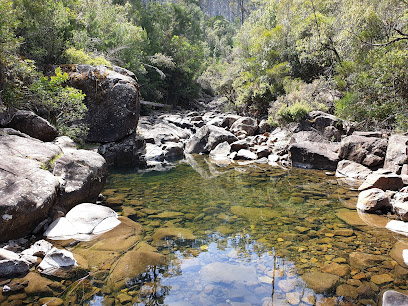
Essential places to dine
Freycinet Marine Farm
Discover fresh Tasmanian seafood at Freycinet Marine Farm - a paradise for food lovers amidst stunning coastal scenery.
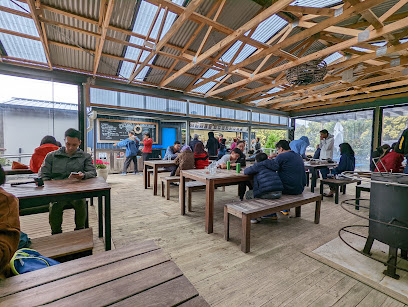
Frank Restaurant
Discover exquisite Australian cuisine at Frank Restaurant in Hobart, featuring fresh local ingredients and stunning waterfront views.
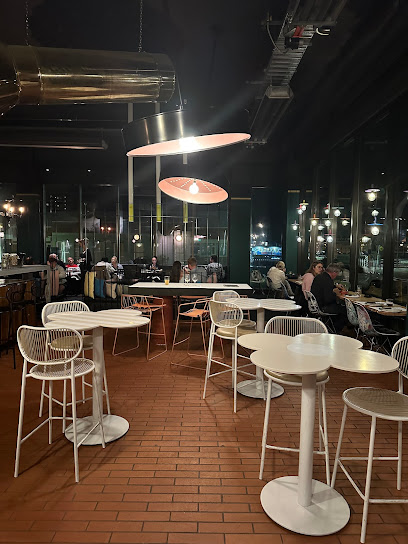
Mrs Jones Restaurant Bar Lounge
Experience the essence of Australian cuisine at Mrs Jones Restaurant Bar Lounge in Devonport - where local flavors meet elegant dining.
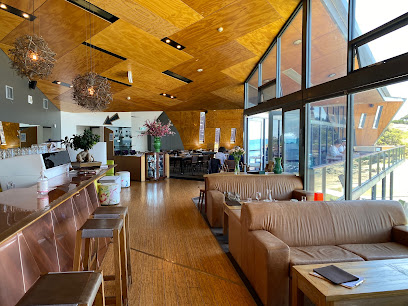
The Pancake Train Restaurant
Discover delicious pancakes and cozy vibes at The Pancake Train Restaurant in Margate - A must-visit breakfast spot in Tasmania.
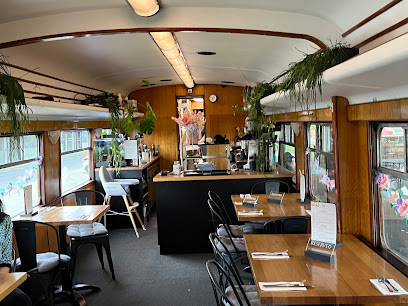
Hungry Wombat Cafe
Discover comfort food and exceptional coffee at Hungry Wombat Cafe in Tasmania's picturesque Derwent Bridge.
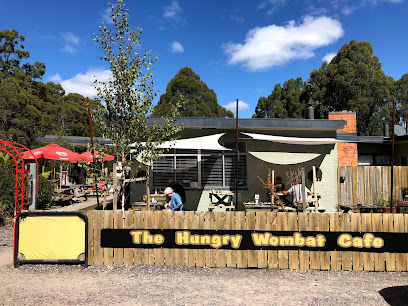
Grain of the Silos
Experience farm-to-table dining at Grain of the Silos in Invermay, Tasmania - where local ingredients meet culinary creativity.
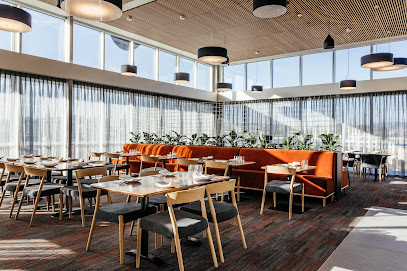
Tavern Bar & Bistro
Discover exquisite local cuisine at Tavern Bar & Bistro in Cradle Mountain – where nature meets flavor in Tasmania's breathtaking wilderness.
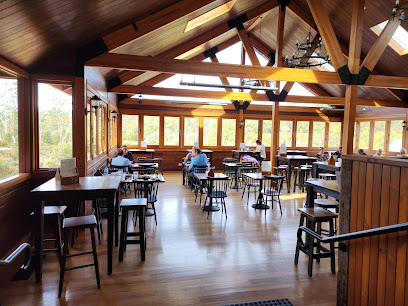
Pedder Wilderness Lodge (Open 11am-3pm)
Discover tranquility at Pedder Wilderness Lodge – your gateway to Tasmania's breathtaking wilderness with fine dining and warm hospitality.

Fico
Discover exquisite Tasmanian cuisine at Fico, where fresh local ingredients meet culinary innovation in a warm and inviting atmosphere.
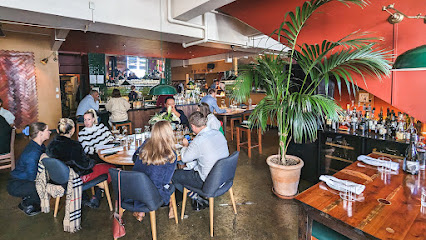
Earthwater Café
Discover Earthwater Café: A charming spot in Mole Creek for delicious coffee and breakfast amidst stunning gardens.
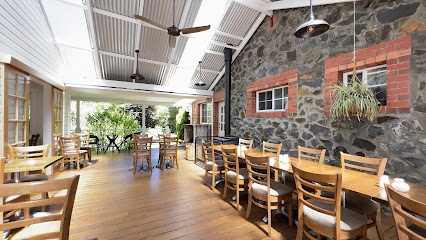
Risby Cove Boutique Hotel and Restaurant
Discover the elegance of Risby Cove Boutique Hotel and Restaurant in Strahan – where luxury meets local flavors amidst stunning Tasmanian landscapes.
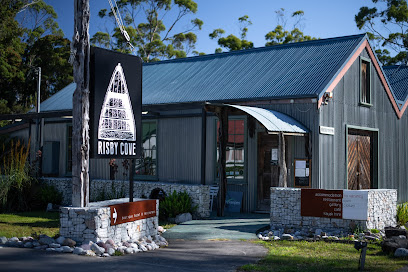
Masaaki's Sushi
Experience authentic Japanese sushi at Masaaki's in Geeveston - fresh ingredients and traditional flavors await you!
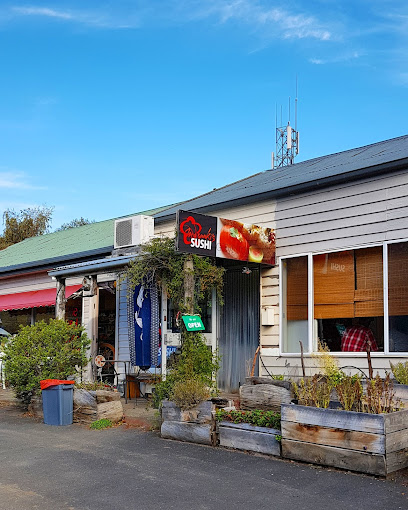
Cradle Mountain Wilderness Village Restaurant
Experience gourmet dining amidst stunning landscapes at Cradle Mountain Wilderness Village Restaurant - where nature meets culinary excellence.
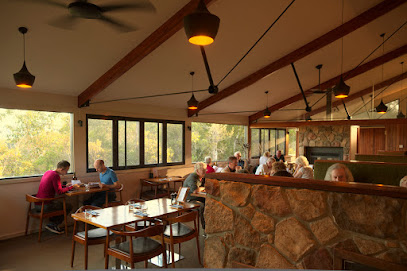
Bears Went Over the Mountain
Discover comfort and delightful dining at Bears Went Over the Mountain in picturesque Geeveston, Tasmania - your ideal getaway.

THE OLD BLACK STUMP Restaurant and Function Room
Experience authentic Australian cuisine at The Old Black Stump in Gowrie Park, where local flavors meet warm hospitality.
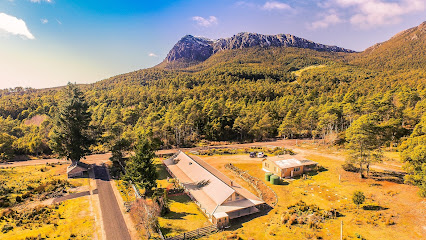
Markets, malls and hidden boutiques
THE WALL
Discover the artistry of Tasmania at The Wall, a stunning sculpture that embodies the region's rich history and natural beauty.
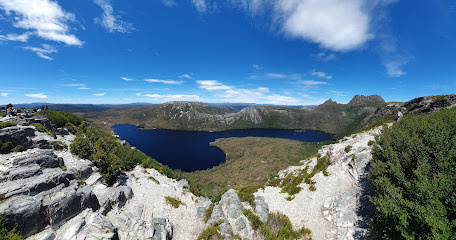
Reliquaire
Explore Reliquaire in Latrobe, Tasmania – a whimsical gift shop offering toys, educational supplies, and unique gifts for all ages.
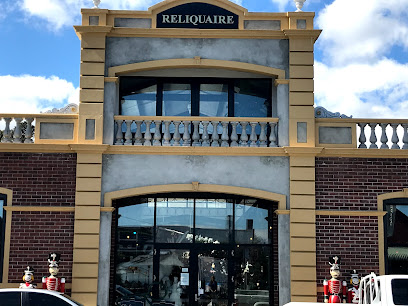
Bruny Island Honey
Explore the sweet flavors of Tasmania at Bruny Island Honey, where local bees create unique honey products in a stunning natural setting.

Knife Supplies Australia
Explore Knife Supplies Australia: Your ultimate destination for high-quality knives and camping gear in Prospect, Tasmania.

Tasmanian Wool Centre
Discover the fascinating history and craftsmanship of Australian wool at the Tasmanian Wool Centre in Ross, Tasmania.
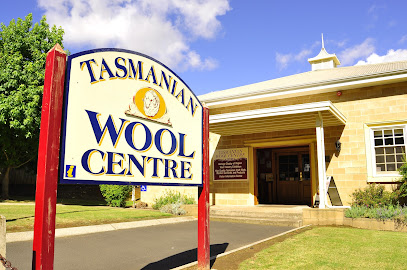
Antique Emporium
Explore the Antique Emporium in Devonport, Tasmania, for a diverse collection of timeless antiques and captivating collectibles.
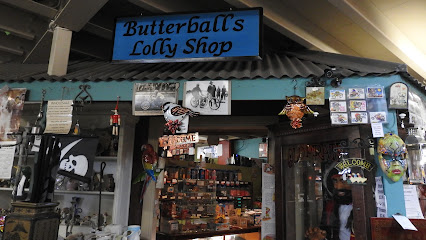
The Shop in the Bush
Discover unique antiques and collectibles in the heart of Tasmania at The Shop in the Bush – a treasure trove for vintage enthusiasts.
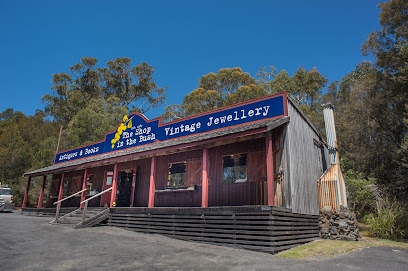
Bruny Island Gifts
Discover authentic Tasmanian treasures at Bruny Island Gifts, a charming shop offering local artisan products and gourmet delights.
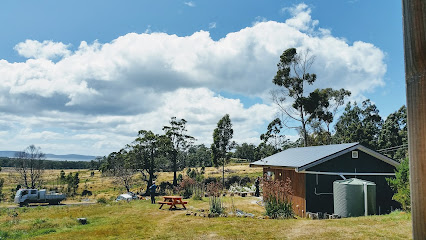
National Trust Old Umbrella Shop
Explore Tasmanian heritage at the National Trust Old Umbrella Shop, a unique souvenir store in Launceston offering handmade treasures and local craftsmanship.
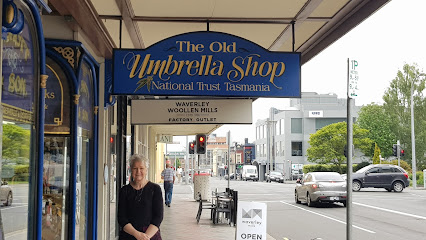
Mawson Sheepskin & Opals
Discover authentic Tasmanian souvenirs at Mawson Sheepskin & Opals, featuring exquisite sheepskin products and stunning opal jewelry.
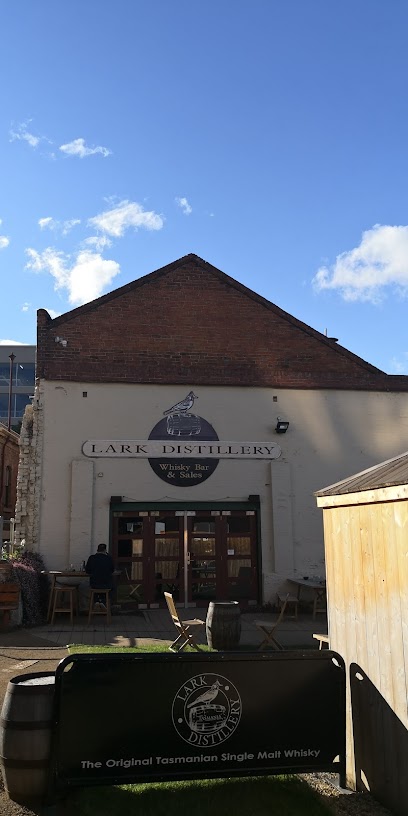
Smitten Merino
Discover Smitten Merino, a charming boutique in Battery Point offering exquisite Australian merino wool clothing and accessories.

Teros - Love the Earth
Discover eco-friendly shopping at Teros - Love the Earth in Hobart, where sustainability meets community spirit and diverse products.
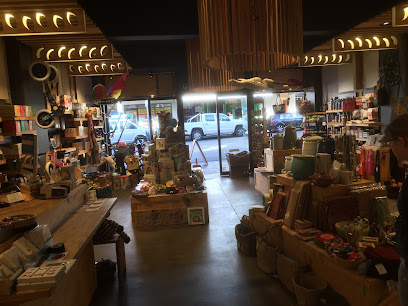
CWA Gift Shop
Explore the heart of Tasmania at the CWA Gift Shop, where unique handmade crafts and local produce await every visitor.
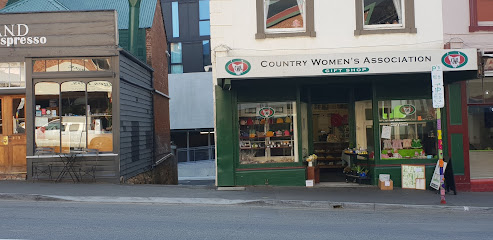
Red Parka
Discover the vibrant spirit of Tasmania at Red Parka, your go-to shop for unique local products and souvenirs in Hobart.
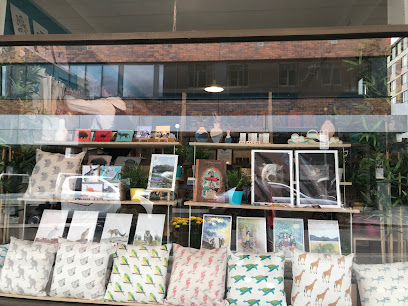
Wild Island Tasmania
Explore Wild Island Tasmania - a unique shop and art gallery in Battery Point showcasing local art, literature, and Tasmanian culture.
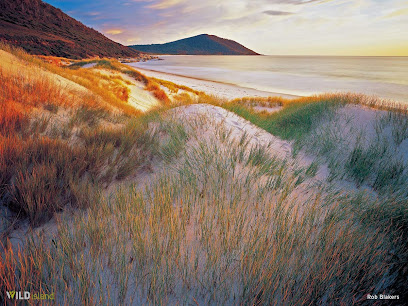
Essential bars & hidden hideouts
Preachers
Experience the vibrant atmosphere of Preachers, a top bar and restaurant in Hobart, showcasing local flavors and a lively social scene.
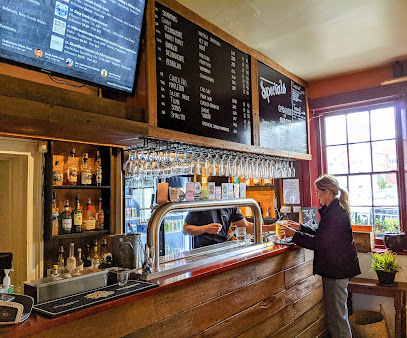
In The Hanging Garden
Experience vibrant nightlife, delicious cuisine, and live music at In The Hanging Garden, Hobart's top cultural bar and restaurant.
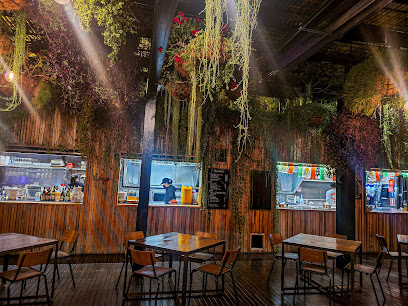
The Den Salamanca
Experience the vibrant nightlife of Hobart at The Den Salamanca, where innovative cocktails and exquisite dining await your discovery.

The Whaler
Experience the vibrant atmosphere and exquisite drink selection at The Whaler, the perfect bar for relaxation in scenic Battery Point, Tasmania.

Tavern Bar & Bistro
Discover the Tavern Bar & Bistro, where delicious local cuisine meets the stunning backdrop of Cradle Mountain in Tasmania.
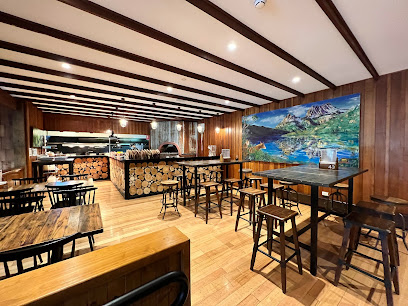
The Salamanca Whisky Bar
Discover The Salamanca Whisky Bar in Battery Point, Tasmania - a whisky lover's paradise offering an extensive selection and warm ambiance.

Society Salamanca
Experience the vibrant nightlife and exquisite cocktails at Society Salamanca, a premier cocktail bar in Tasmania's Battery Point.

Cradle Mountain Wilderness Village Restaurant
Experience the culinary highlights of Tasmania surrounded by the breathtaking beauty of Cradle Mountain's wilderness.
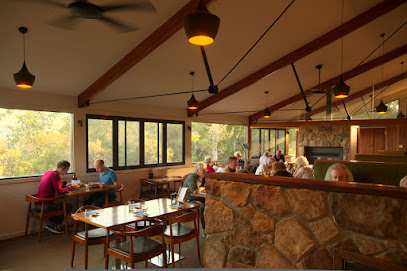
Evolve Spirits Bar
Discover the essence of Tasmania at Evolve Spirits Bar, where innovative cocktails and a unique atmosphere await you in Hobart.

IXL Long Bar
Discover IXL Long Bar in Hobart - a lively cocktail bar and live music venue blending local flavors with vibrant entertainment.
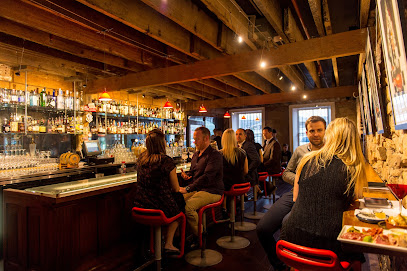
Institut Polaire
Discover the essence of Tasmanian cuisine at Institut Polaire, a unique restaurant and cocktail bar in the heart of Hobart.

THE OLD BLACK STUMP Restaurant and Function Room
Experience the flavors of Tasmania at The Old Black Stump, where local ingredients meet rustic charm in a perfect dining experience.
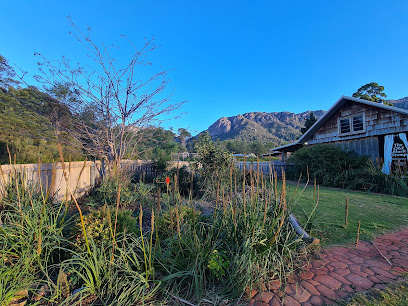
Derwent Bar
Discover the vibrant atmosphere of Derwent Bar in Hobart, where local brews and delicious pub fare create unforgettable moments.
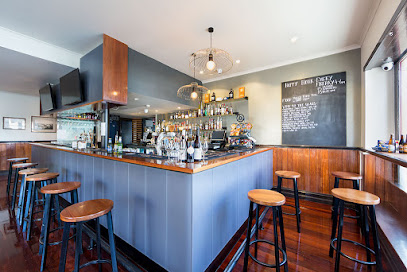
Mary Mary
Experience the vibrant nightlife of Hobart at Mary Mary, a chic cocktail bar offering crafted drinks and a lively atmosphere.
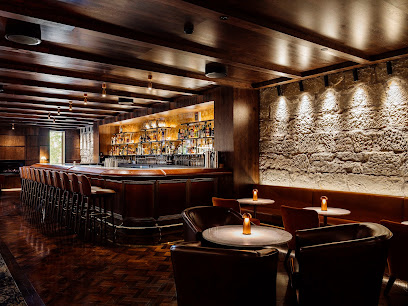
The Story Bar
Discover the vibrant flavors of Tasmania at The Story Bar, where exceptional drinks meet stunning waterfront views in Hobart.

Local Phrases about Tasmanian Wilderness
-
- HelloG'day
[g'day] - GoodbyeCatch ya later
[catch ya later] - YesYeah
[yeah] - NoNah
[nah] - Please/You're welcomePlease/No worries
[please/no worries] - Thank youCheers
[cheers] - Excuse me/SorrySorry
[sorry] - How are you?How ya going?
[how ya going] - Fine. And you?Good. And you?
[good. and you] - Do you speak English?You speak English?
[you speak english] - I don't understandI'm lost
[i'm lost]
- HelloG'day
-
- I'd like to see the menu, pleaseCan I see the menu, mate?
[can i see the menu, mate] - I don't eat meatI don't eat meat
[i don't eat meat] - Cheers!Cheers!
[cheers] - I would like to pay, pleaseI'll pay now, thanks
[i'll pay now, thanks]
- I'd like to see the menu, pleaseCan I see the menu, mate?
-
- Help!Help!
[help] - Go away!Bugger off!
[bugger off] - Call the Police!Ring the cops!
[ring the cops] - Call a doctor!Get a doc!
[get a doc] - I'm lostI'm lost
[i'm lost] - I'm illI'm crook
[i'm crook]
- Help!Help!
-
- I'd like to buy...I wanna buy...
[i wanna buy] - I'm just lookingJust browsing
[just browsing] - How much is it?How much?
[how much] - That's too expensiveToo pricey
[too pricey] - Can you lower the price?Can you do it cheaper?
[can you do it cheaper]
- I'd like to buy...I wanna buy...
-
- What time is it?What's the time?
[what's the time] - It's one o'clockIt's one o'clock
[it's one o'clock] - Half past (10)Half past ten
[half past ten] - MorningMorning
[morning] - AfternoonArvo
[arvo] - EveningEvening
[evening] - YesterdayYesterday
[yesterday] - TodayToday
[today] - TomorrowTomorrow
[tomorrow] - 1One
[one] - 2Two
[two] - 3Three
[three] - 4Four
[four] - 5Five
[five] - 6Six
[six] - 7Seven
[seven] - 8Eight
[eight] - 9Nine
[nine] - 10Ten
[ten]
- What time is it?What's the time?
-
- Where's a/the...?Where's the...?
[where's the] - What's the address?What's the address?
[what's the address] - Can you show me (on the map)?Can you show me (on the map)?
[can you show me (on the map)] - When's the next (bus)?When's the next (bus)?
[when's the next] - A ticket (to ....)A ticket (to ....)
[a ticket]
- Where's a/the...?Where's the...?
History of Tasmanian Wilderness
-
The Tasmanian Wilderness has been home to the Palawa people for over 35,000 years. Their deep connection to the land is evident through various archaeological sites, including rock art, middens, and stone tools. The Palawa people practiced sustainable living and had a rich cultural landscape, which continues to influence the region today.
-
European exploration of Tasmania began in the 17th century with the arrival of Dutch navigator Abel Tasman in 1642. However, it wasn't until the early 19th century that European settlers began to establish a presence. The harsh conditions of the wilderness posed significant challenges, but settlements gradually expanded, leading to conflicts with the Indigenous populations.
-
Tasmania served as a major penal colony for the British Empire, with thousands of convicts transported to the island. The harsh and rugged terrain of the Tasmanian Wilderness was utilized for penitentiaries such as Port Arthur and Sarah Island. These sites are now significant historical landmarks, offering a glimpse into the brutal conditions faced by convicts.
-
The Franklin River Campaign of the 1980s was a pivotal environmental movement in Australian history. Conservationists, led by groups such as the Tasmanian Wilderness Society, fought to prevent the damming of the Franklin River. Their efforts resulted in the area being declared a World Heritage site in 1982, highlighting the global significance of the Tasmanian Wilderness.
-
The Tasmanian Wilderness was inscribed as a UNESCO World Heritage site in 1982 and subsequently expanded in 1989. The area is recognized for its outstanding universal value, covering over 1.58 million hectares. It is celebrated for its ancient rainforests, unique flora and fauna, and significant geological formations, making it one of the most pristine and diverse natural landscapes on Earth.
-
In recent years, there has been a resurgence of interest in preserving the cultural heritage of the Tasmanian Wilderness. Efforts have been made to protect sacred Indigenous sites and promote the cultural practices of the Palawa people. Additionally, ongoing conservation efforts aim to safeguard the region's biodiversity and natural beauty for future generations.
Tasmanian Wilderness Essentials
-
The Tasmanian Wilderness is located on the island of Tasmania, Australia. The primary entry point is Hobart International Airport (HBA) or Launceston Airport (LST). From mainland Australia, you can take a direct flight to these airports. Another option is the Spirit of Tasmania ferry, which operates between Melbourne and Devonport. Once you arrive in Tasmania, you can rent a car or join guided tours to explore the wilderness areas.
-
The best way to explore the Tasmanian Wilderness is by renting a car, as public transportation options are limited in remote areas. There are several car rental agencies at Hobart and Launceston airports. For those preferring not to drive, guided tours and shuttle services to specific points of interest are available. Make sure your vehicle is well-prepared for off-road conditions, especially if you plan to venture into more remote regions.
-
The official currency in Tasmania is the Australian Dollar (AUD). Credit cards are widely accepted in cities and towns, but it's advisable to carry cash when venturing into remote areas of the wilderness, as card facilities may not be available. ATMs can be found in larger towns, but it's prudent to withdraw sufficient cash before heading into the wilderness.
-
Tasmania is generally a safe destination for tourists. However, be aware of natural hazards such as rapidly changing weather conditions, rugged terrain, and wildlife. Always inform someone of your travel plans and expected return time when hiking or exploring remote areas. Avoid leaving valuables in your vehicle when parking at trailheads or remote locations. There are no specific high-crime areas targeting tourists, but standard precautions should always be taken.
-
In case of emergency, dial 000 for police, fire, or medical assistance. Ensure you have a first aid kit and know the location of the nearest medical facilities. It's advisable to carry a satellite phone or a personal locator beacon (PLB) when venturing into remote areas, as mobile phone coverage can be unreliable. Travel insurance that covers medical emergencies and evacuation is highly recommended.
-
Fashion: Do wear layered clothing and sturdy hiking boots; the weather can change quickly. Don't wear high heels or sandals on hikes. Religion: Do respect local customs, although Tasmania is generally secular. Public Transport: Do use public transport within cities, but don't rely on it for remote areas. Greetings: Do greet locals with a smile and a simple 'Hello.' Eating & Drinking: Do try local specialties like Tasmanian seafood and berries. Don't litter; always carry your waste out of natural areas.
-
To experience the Tasmanian Wilderness like a local, take the time to explore lesser-known trails and campsites. Visit local farmers' markets to purchase fresh produce and artisanal goods. Engage with local rangers and tour guides to learn more about the region's unique flora and fauna. For a unique experience, consider joining a nocturnal wildlife tour to see Tasmania's native animals in their natural habitat.
Trending Landmarks in Tasmanian Wilderness
-
Port Arthur Historic Site
-
Wellington Park
-
Cataract Gorge Reserve
-
Freycinet National Park
-
Bonorong Wildlife Sanctuary
-
Tessellated Pavement
-
Russell Falls
-
Wineglass Bay Lookout
-
Remarkable Cave
-
Devils@Cradle
-
Mount Field National Park
-
Tasmazia & The Village Of Lower Crackpot
-
Tasmanian Devil Unzoo
-
Trowunna Wildlife Sanctuary
-
The Nut State Reserve
Nearby Cities to Tasmanian Wilderness
-
Things To Do in Melbourne
-
Things To Do in Canberra
-
Things To Do in Sydney
-
Things To Do in Adelaide
-
Things To Do in Kangaroo Island
-
Things To Do in Byron Bay
-
Things To Do in Invercargill
-
Things To Do in Queenstown
-
Things To Do in Gold Coast
-
Things To Do in Surfers Paradise
-
Things To Do in Wanaka
-
Things To Do in Brisbane
-
Things To Do in Dunedin
-
Things To Do in Noosa
-
Things To Do in Timaru













